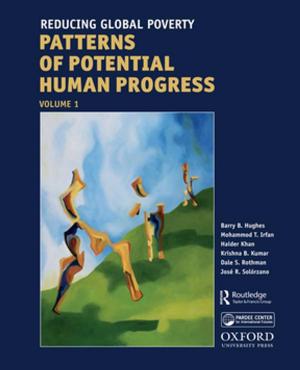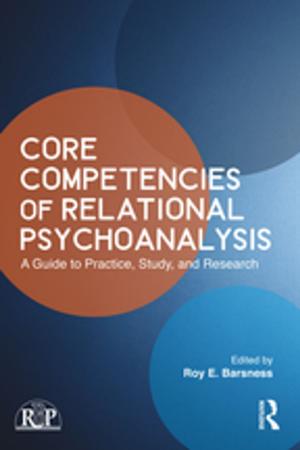Competitor or Ally?
Japan's Role in American Educational Debates
Nonfiction, Reference & Language, Education & Teaching| Author: | Gerald K. LeTendre | ISBN: | 9781135679774 |
| Publisher: | Taylor and Francis | Publication: | June 17, 2013 |
| Imprint: | Routledge | Language: | English |
| Author: | Gerald K. LeTendre |
| ISBN: | 9781135679774 |
| Publisher: | Taylor and Francis |
| Publication: | June 17, 2013 |
| Imprint: | Routledge |
| Language: | English |
In this book the authors systematically address the most common stereotypes or myths about Japanese education that are currently being circulated in the popular press, teaching magazines and educational research journals. The authors show how arguments about Japan are used to further political ends within the American educational debate. Some of the myths that the book debunks are Japan's high adolescent suicide rate. LeTendre and Zeng show that adolescent suicide among males is now twice as high in the U.S. as in Japan. Tsuchida and Lewis take on the myth of Japanese classrooms as crowded places centered on rote-learning--providing detailed evidence as to why Japanese students may indeed have an "edge" in math. McConnell uses Japan's highly successful foreign language program to deconstruct images of "Japan Inc."--showing the highly fractious and bitter political debates that occur in Japan. Yang provides data on differences in Japanese and American teachers' work roles--showing that differences in the two educational systems are not simply due to "cultural" differences, but have a basis in educational policy and school organization. Shimizu offers an alternative view of achievement motivation among Japanese students based on in-depth interviews with Japanese teens.
In this book the authors systematically address the most common stereotypes or myths about Japanese education that are currently being circulated in the popular press, teaching magazines and educational research journals. The authors show how arguments about Japan are used to further political ends within the American educational debate. Some of the myths that the book debunks are Japan's high adolescent suicide rate. LeTendre and Zeng show that adolescent suicide among males is now twice as high in the U.S. as in Japan. Tsuchida and Lewis take on the myth of Japanese classrooms as crowded places centered on rote-learning--providing detailed evidence as to why Japanese students may indeed have an "edge" in math. McConnell uses Japan's highly successful foreign language program to deconstruct images of "Japan Inc."--showing the highly fractious and bitter political debates that occur in Japan. Yang provides data on differences in Japanese and American teachers' work roles--showing that differences in the two educational systems are not simply due to "cultural" differences, but have a basis in educational policy and school organization. Shimizu offers an alternative view of achievement motivation among Japanese students based on in-depth interviews with Japanese teens.















